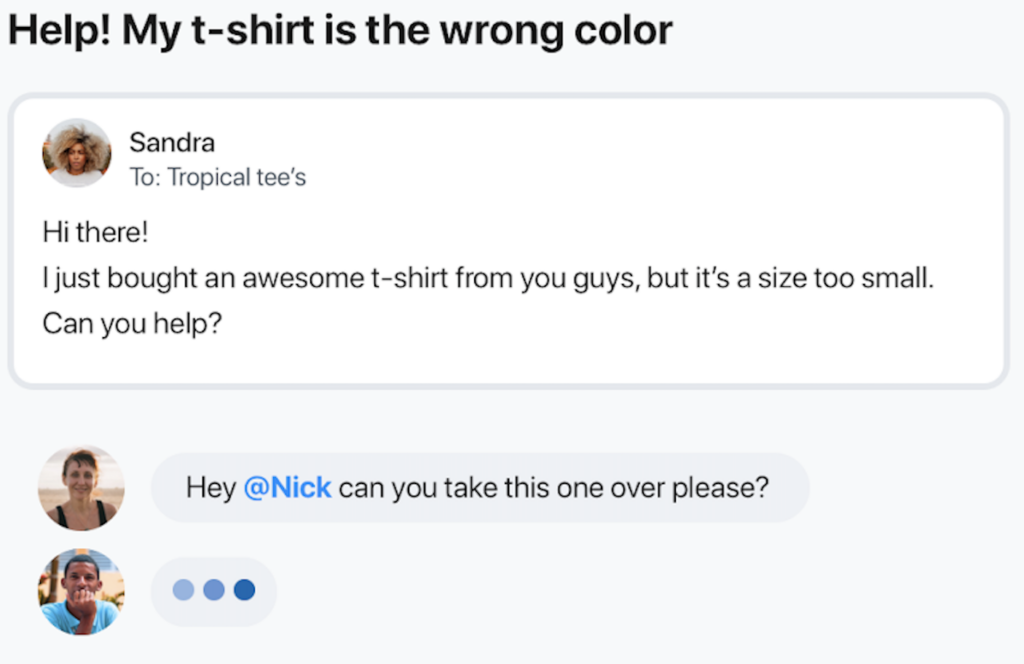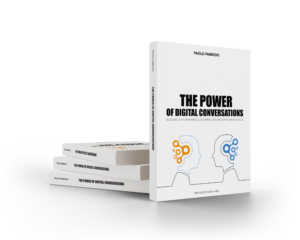Picture your average working day: I bet that you handle dozens of interactions through a vast array of channels. Regardless of they are with external or internal customers, make sure that your interlocutors are aware of the scenario and actions (taken or to be). Otherwise both of you will have doubled efforts and interactions! That’s why in digital customer conversations contextualizing is key: here’s how to take advantage of it.
Are you introducing the scenario?
First off, let’s focus on the verb ‘to contextualize‘. Amongst many available definitions, I picked Britannica Dictionary’s because it’s clear and straight to the point: “[…] to think about or provide information about the situation in which something happens”. To this excellent one, I’d just add “in a timely fashion” because when it comes to digital conversations, timeliness is vital to deliver great customer experiences. In fact, the moment of truth takes place when a customer service agent involves another colleague – working the same or other department – in order to get customer’s issue fixed. See a visual example from an email conversation below.👇
Image credit: Helpscout.com
Now consider that in the above example the first customer service agent has just forwarded the message to the colleague (Nick) without contextualizing the scenario. Therefore Nick’s may ask himself: “why am I getting involved?” “what’s in it for me?” Which are definitely not the best presuppositions in a business conversation.
💡Important. Whenever typing a message, make sure to introduce clearly both contextualization and intent in your first 10-15 words. By doing so, the other person will read carefully the rest of the content and your message will become way more effective: because you’re fostering co-operation and proactively preventing redundant questions/interactions!
How to leverage contextualization
A few weeks back I was in south of Italy delivering a training session focussed on leveraging contextualization within client’s digital customer conversations over Email and Whatsapp. Since I had previously carried out an assessment on their conversations, I could customize training exercises on customer’s most frequently asked topics. Then, we could also delve into the emotional facets that lie behind words and expressions that make or break customer experience.
Curious to learn more about my method? Just drop me a line.
Have great conversations.
Image credit: Unsplash.com








